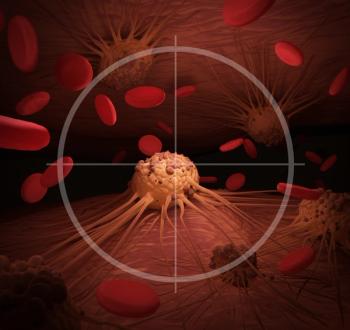
According to the trial results, these responses appear durable, with a target dose-dependent increase in overall response rate without any increase in the rate of cytokine release syndrome.

According to the trial results, these responses appear durable, with a target dose-dependent increase in overall response rate without any increase in the rate of cytokine release syndrome.

In a phase 1b trial, the combination therapy of acalabrutinib, venetoclax, and rituximab had a 100% clinical response rate and was well-tolerated in patients with treatment-naïve mantle cell lymphoma.
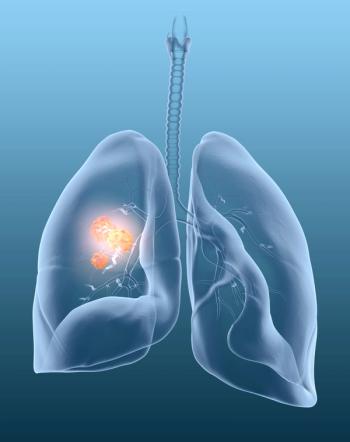
Fast track application is based on positive data in HER2 exon 20 insertion mutations in previously treated patients.

FoundationOne CDx is a next-generation sequencing based in vitro diagnostic device for detection, insertion and deletion alterations, and copy number alterations in 324 genes and select gene rearrangements.

Pembrolizumab is the first anti-PD-1/anti-PD-L1 therapy to demonstrate a recurrence-free survival benefit in the adjuvant setting for melanoma.
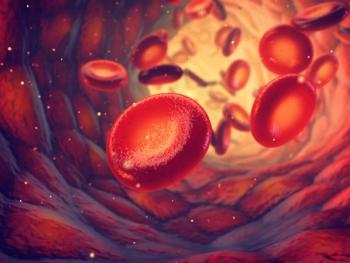
Daratumumab continued to demonstrate deep and durable responses, including improvements to stringent complete response (sCR) rates and minimal residual disease (MRD)-negativity.
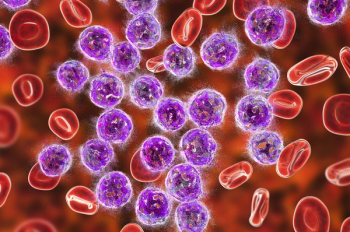
Axicabtagene ciloleucel (Yescarta) was the first CAR T-cell immunotherapy to be approved for relapsed or refractory large B-cell lymphoma.

Fulvestrant is also the only SERD approved for patients with breast cancer, according to the researchers.

Olaparib is a first-in-class PARP inhibitor and is the first targeted treatment to block DNA damage response in cells or tumors with a deficiency in homologous recombination repair.

Acalabrutinib is a Bruton tyrosine kinase inhibitor (BTKi) intended for the treatment of adult patients with mantle cell lymphoma who have received at least 1 prior therapy.
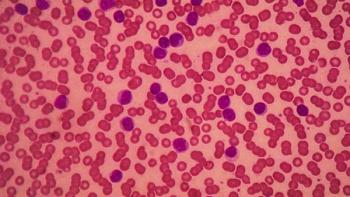
The investigators said that there were no new safety signals identified, and no reported instances of tumor lysis syndrome.

As some of the nation’s leading pharmaceutical and biotech giants ramp up product development and commercialization, what was once a futuristic concept has become a reality.
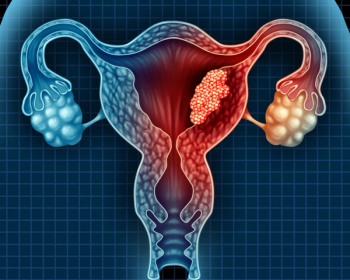
Ten quiz questions to assess your knowledge on common symptoms and treatments for endometrial cancer.
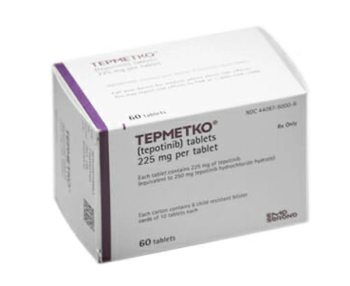
Tepotinib treats adult patients with metastatic non-small cell lung cancer harboring a mesenchymal epithelial transition exon 14 skipping alteration.

Genomic analyses show promise for patients with metastatic breast cancer, reinforcing genomics as a part of the pathway of care.

Tamoxifen is given to many patients—specifically premenopausal patients—with breast cancers that express the estrogen receptor, which drives breast tumor growth.

Pyrotinib combined with capecitabine found to improve overall survival in patients with previously treated HER2-positive metastatic breast cancer.
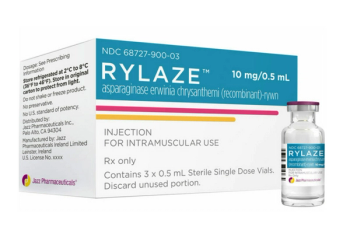
Rylaze is a component of a multi-agent chemotherapeutic regimen for the treatment of acute lymphoblastic leukemia and lymphoblastic lymphoma.

In the case reviewed, the pharmacy department created an interdisciplinary Biosimilar Task Force responsible for making decisions relating to the adoption of biosimilar therapies.
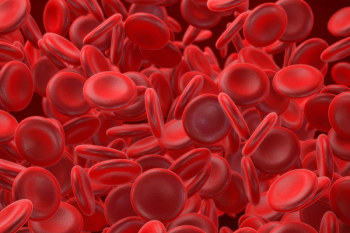
FDA to evaluate luspatercept-aamt (Reblozyl) for the treatment of anemia in adults with non–transfusion dependent β-thalassemia.

FDA approves rituximab (Rituxan) plus chemotherapy for pediatric patients with previously untreated, advanced stage, CD20-positive diffuse large B-cell lymphoma, Burkitt lymphoma, Burkitt-like lymphoma, or mature B-cell acute leukemia.
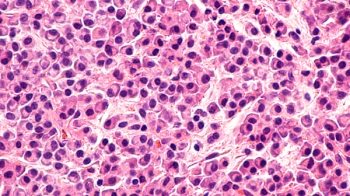
Ibrutinib in combination with venetoclax shows promise in patients with previously untreated chronic lymphocytic leukemia.
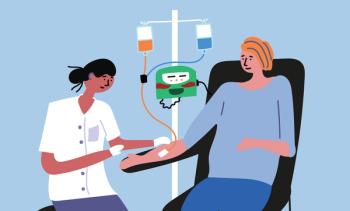
Further, among premenopausal women, those who received chemotherapy had a 40% relative improvement in IDFS compared to those administered endocrine therapy alone.

Oncology pharmacists play a significant role in clinical pathways.
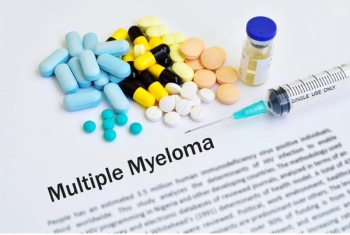
The combination of daratumumab with hyaluronidase (Darzalex Faspro), hyaluronidase-fihj, carfilzomib (Kyprolis), and dexamethasone is indicated for the treatment of adult patients with relapsed/refractory multiple myeloma who have received 1 to 3 prior lines of therapy.
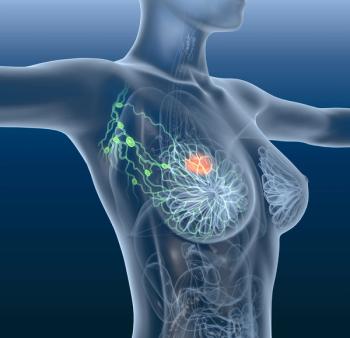
The diagnostic tool widens the age group of individuals who can get tested and can be used in conjunction with a mammogram.

Underserved populations with limited access to medical care continue to be disproportionately impacted by certain cancers.
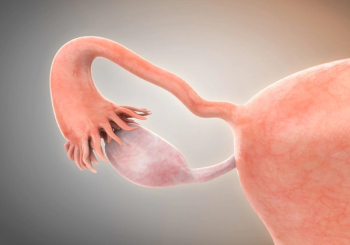
Olaparib was the first PARP inhibitor to be developed and has been the most studied.

The team found that out of more than 18,751 live births, 1008 cancer diagnoses were made in offspring 0 to 58 years of age.